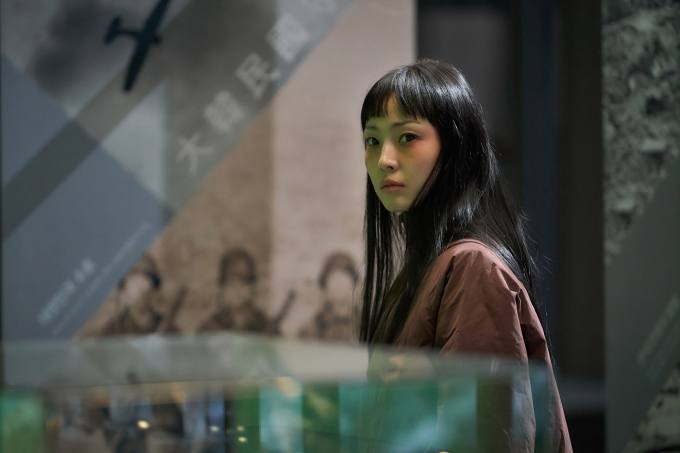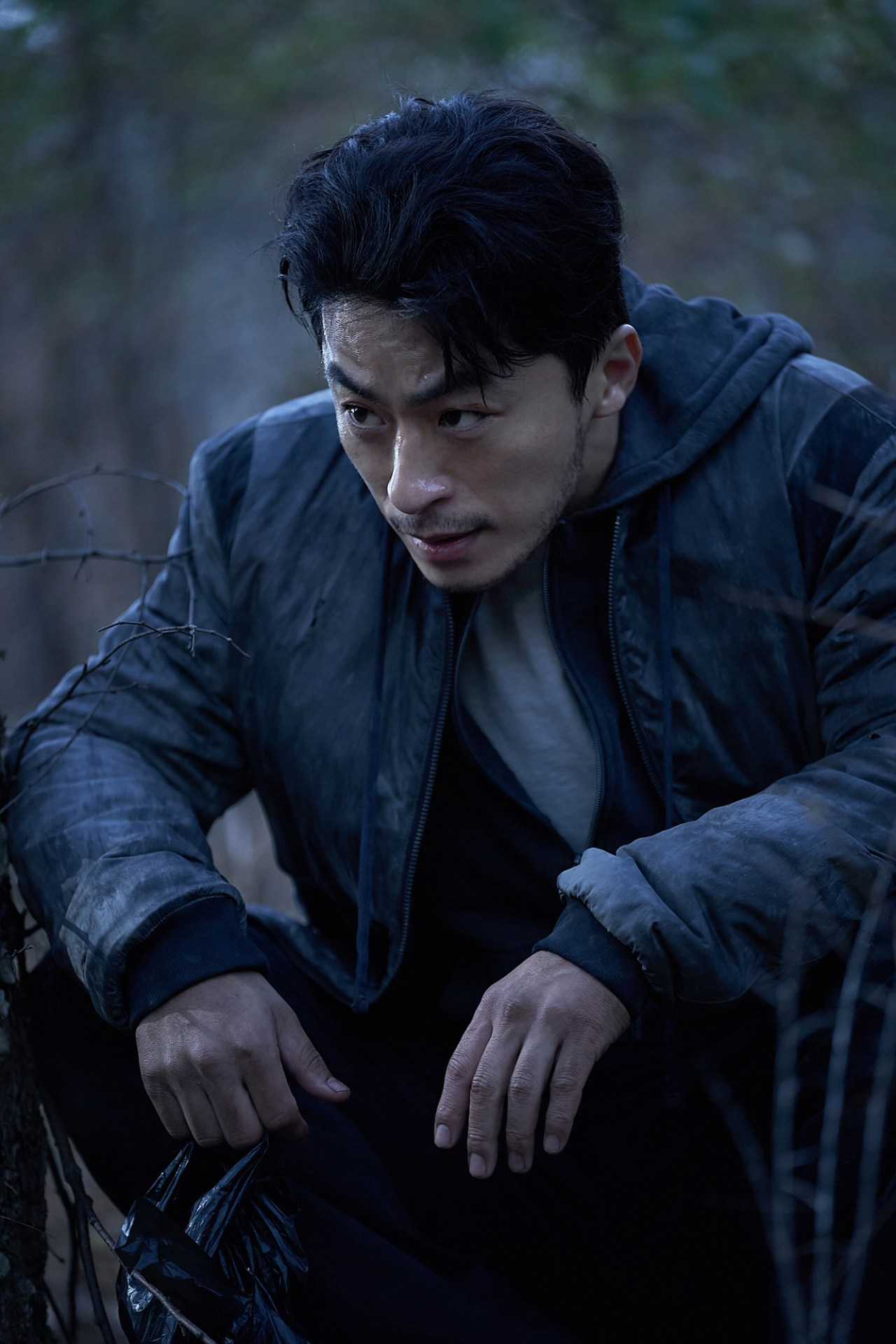 |
A scene from "Parasyte: The Grey," starring Jeon So-nee (Netflix) |
"Parasyte: The Grey," the ambitiously re-imagined series by star director Yeon Sang-ho, is a run-of-the-mill monster horror show that fails to capture the charm and essence of the original manga.
The 6-part Netflix original series follows the story of Jung Soo-in (Jung So-nee) as she is partially turned into a monster after an alien species called the Parasytes invade Earth.
The series is set in the universe of the popular Japanese manga series "Parasyte," but completely deviates from the original plot, to exclusively narrate the stories that unfold as the Parasytes invade South Korea.
The series is helmed by Yeon, who directed a slew of hit horror series and films such as "Hellbound" and "Train to Busan."
The first three episodes of "Parasyte: The Grey," as a standalone separate from the original manga, is your standard, everyday monster horror series.
One of the most compelling aspects of the drama is the impressive quality of its visual effects.
With the monsters, which have tentacles erupting from their heads, there was a risk of them appearing juvenile. Yet, thanks to advanced VFX techniques, the monster tentacles boast a realistic and terrifying appearance that is enough to convince and entertain young viewers and adult audiences alike.
The drama series also, to a certain extent, manages to be thought-provoking.
While the original manga posed philosophical questions about the meaning of existence, the drama series mainly explores the relationship between individuals and organizations.
"Parasyte: The Grey" depicts how organizations, which were created for the coexistence of individuals, can clash with people -- leaving the audience to ponder about what coexistence truly entails.
However, "Parasyte: The Grey" sadly missed the mark in capturing the charm of the original manga, which played a significant role in propelling the manga series to its current global bestseller status.
One of the pivotal themes explored in depth in the original manga is nowhere to be seen as the interaction between the protagonist and her Parasyte is reduced to a minimum.
By depicting the relationship between Shinichi Izumi and his Parasyte, which lives in Izumi's hand and eventually befriends him, the manga explores how different species perceive each other and how their perspectives can change -- as the protagonist begins to think like a Parasyte, while the Parasyte begins to think like a human.
However, as Soo-in has to be asleep for her Parasyte to become active, her connection with it is limited, and the two lack a meaningful bond. As such, the Korean drama series fatally overlooks one of the crucial concepts examined in the original series.
Also, Parasytes, in the Korean series, are reduced to mere monsters that lack complexity.
The original manga depicts highly intelligent Parasytes such as Tamiya Ryoko, who, with the Paraystes being unable to reproduce, questions the meaning of Paraystes' existence.
Meanwhile, the Parasytes appearing in the Korean series prioritize survival as their primary goal -- they are degraded into mere creatures devoid of depth.
It remains to be seen if the remaining three episodes of the series will manage to overcome these hurdles to truly embody the essence of "Parasyte," but the outlook is bleak, with the story having progressed so much thus far.
"Parasyte: The Grey" streams exclusively on Netflix starting April 5.
 |
A scene from "Parasyte: The Grey," starring Koo Kyo-hwan (Netflix) |







